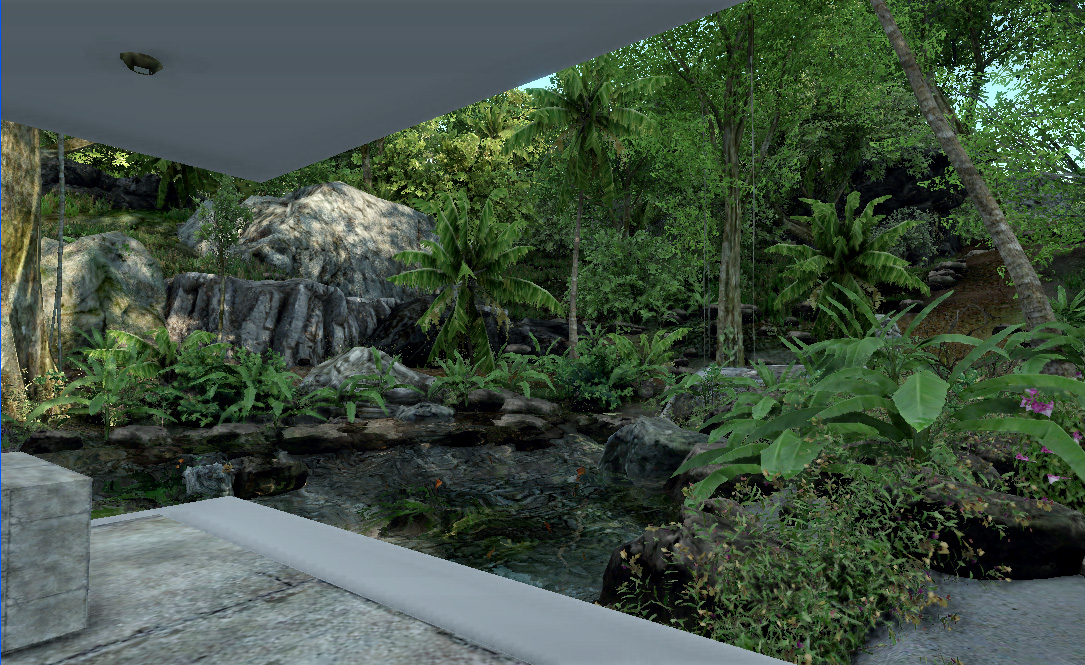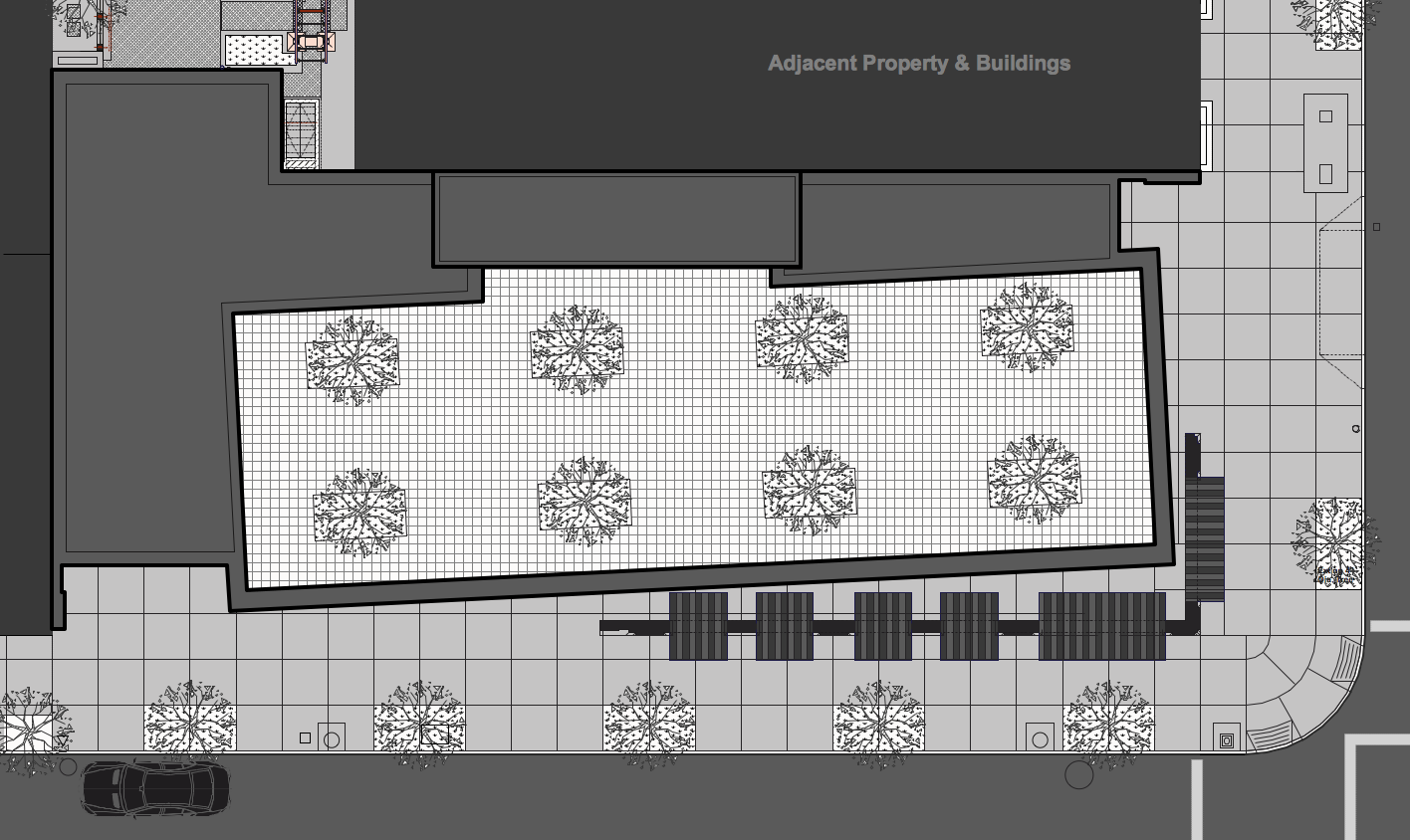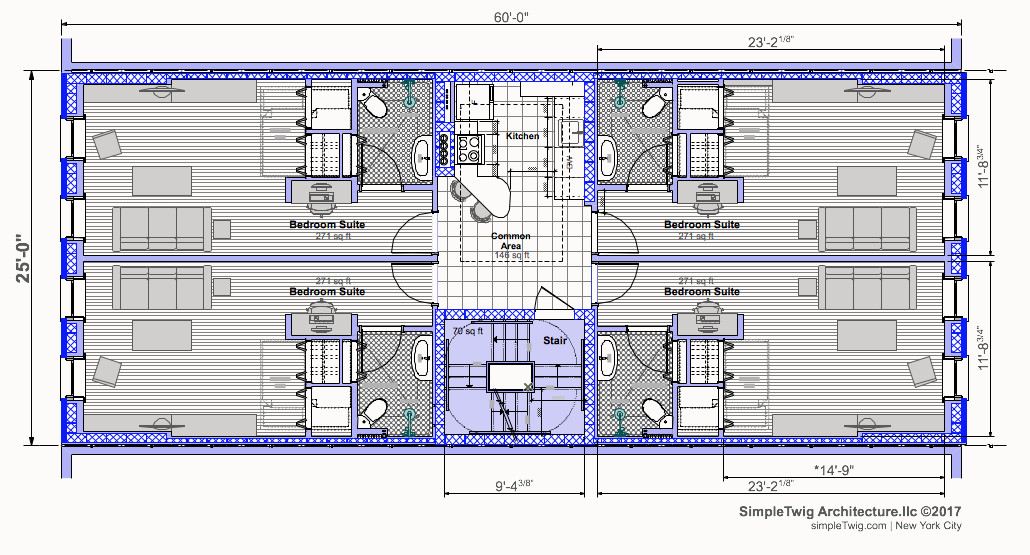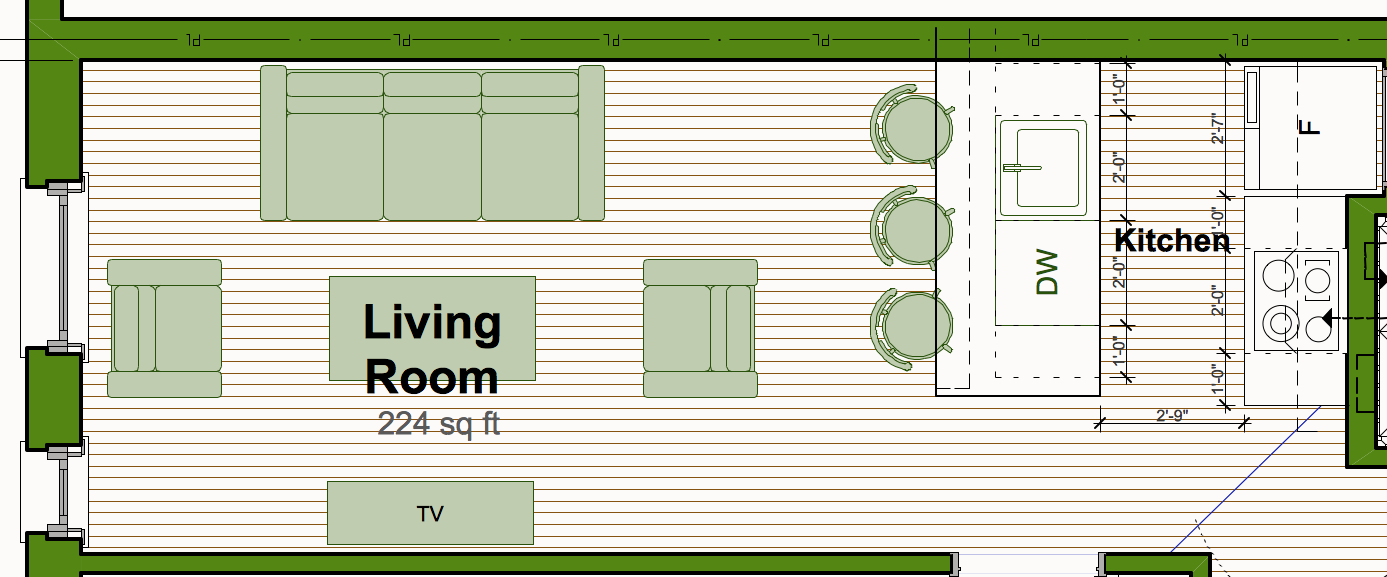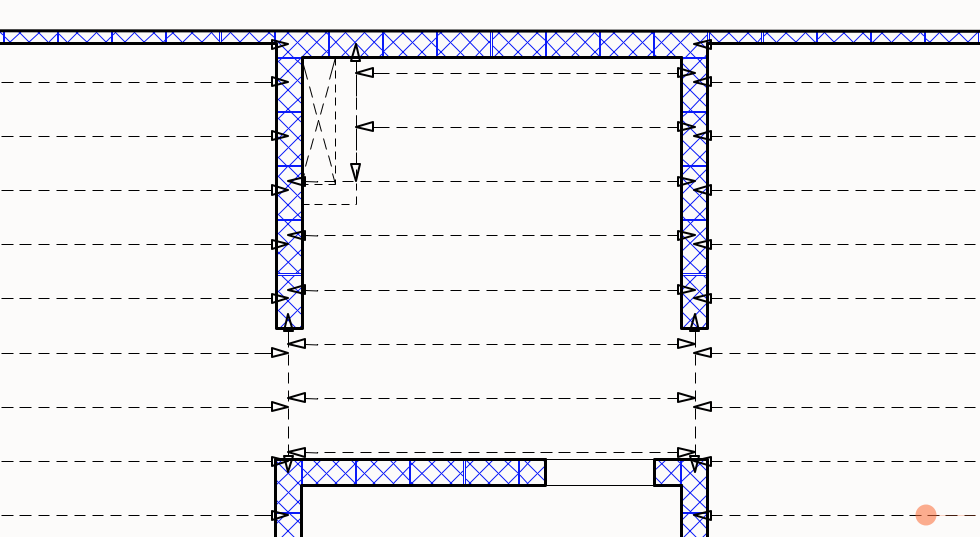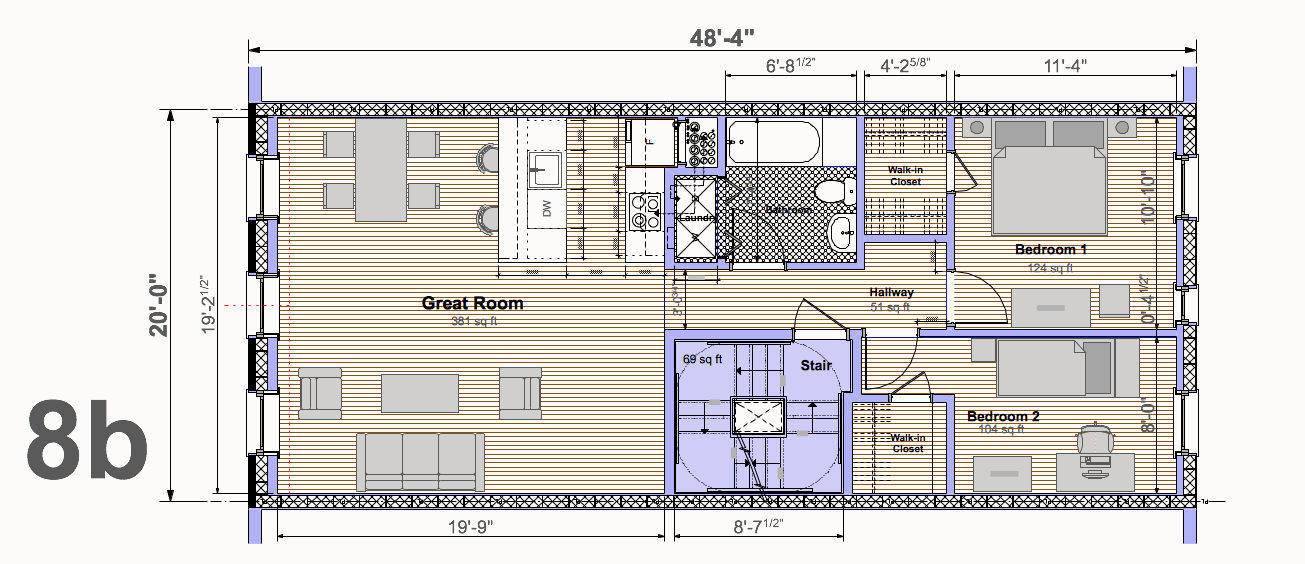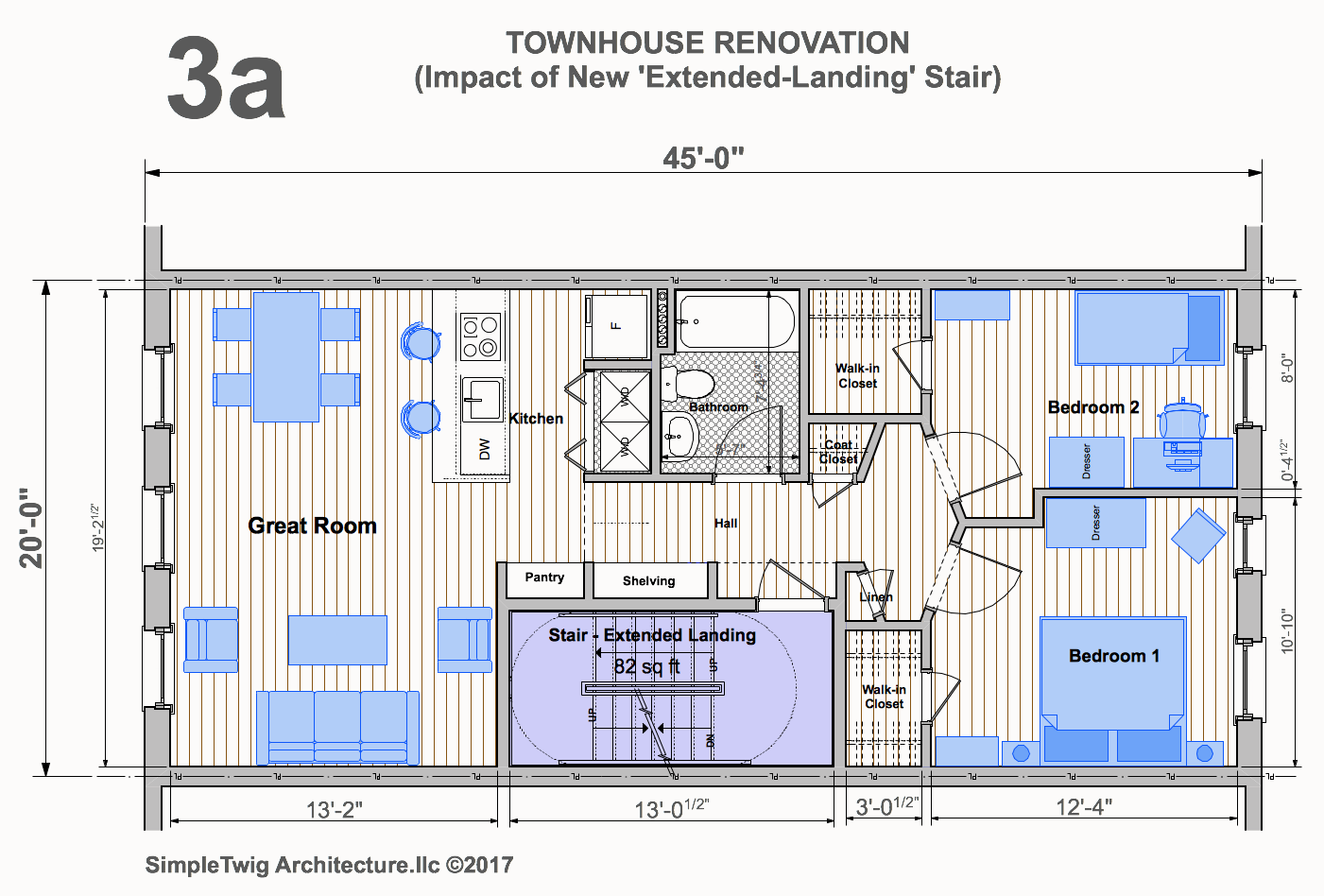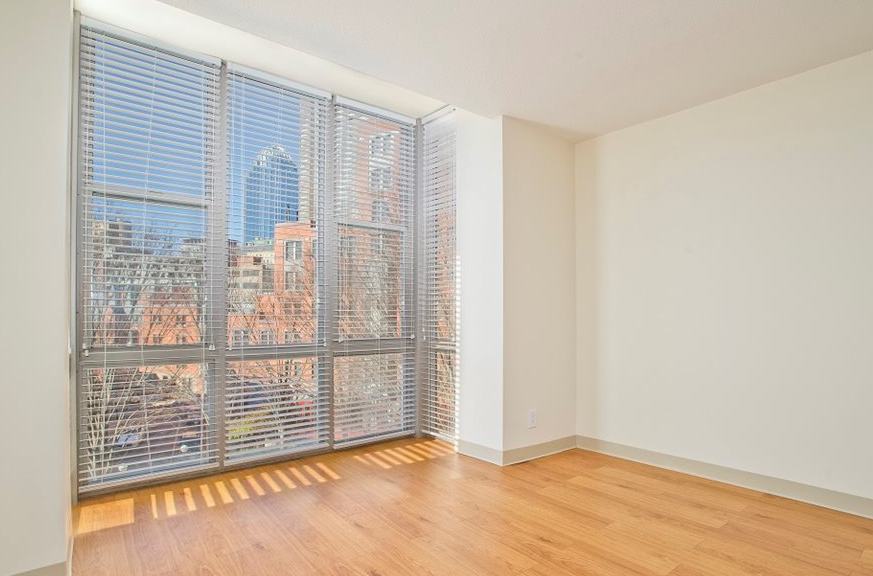We’re putting the final touches on a 40 unit residential project in Brooklyn. It is pretty special in that the project keeps part of an old theater facade and uses it to announce the retail component of the project, through awnings and little local vendors which can casually set up their wares below the awnings. The extra traffic and attention will be a boost for the anchor tenant who has a commanding view of this important residential corner.
This project is split into 3 articles, released the 8th of September, the 10th and the 12th.
Come on in and we’ll show you around…
Continue reading “New Residential Development in Brooklyn – RETAIL COMPONENT”
